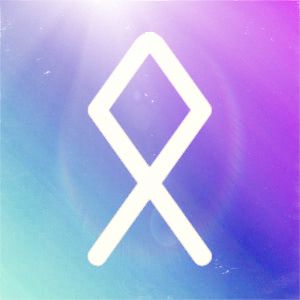🗝️ Rune Meanings – Love, Health, Money, People, and More
By engaging with the symbolism of the runes, we can gain insight into our own spiritual journeys, personal growth and self-discovery. Runes offer a unique lens through which we can explore our inner selves, confront our deepest fears and embrace our true potential.
The history of runes dates back to the early Germanic and Scandinavian cultures, with the oldest known runic inscriptions dating from the 2nd to 4th centuries AD. Runes were not only a writing system used for communication, but also had deep spiritual and magical significance. The word "rune" itself is derived from the Old Norse word "run", which means "mystery" or "secret". This etymology underlines the mystical nature of these ancient symbols.
The best known runic alphabet is the Elder Futhark, which consists of 24 symbols. Over time, various other runic systems have evolved, such as the Younger Futhark and the Anglo-Saxon Futhorc, adapting to the linguistic and cultural changes of their respective regions.
Throughout history, runes have been used for a variety of purposes, including communication, record keeping and artistic expression. However, their most important use was in the realm of spirituality and divination. Often carved into stone, wood or metal, runes were believed to have magical powers that could influence the world and the people in it.
Runes were often used by shamans, seers and other spiritual practitioners to connect with the divine, seek guidance and gain insight into the past, present and future. Runic divination, or rune casting, involves randomly selecting a combination of runes and interpreting their meaning based on their position and relationship to each other.
In today's world, runes continue to hold great significance for those who wish to connect with ancient wisdom and explore the mysteries of the universe. The study of runes allows us to tap into the collective unconscious and access the experiences of our ancestors. The resurgence of interest in runes and their symbolism demonstrates the enduring appeal of these enigmatic symbols and their ability to offer guidance and wisdom in our modern lives.























